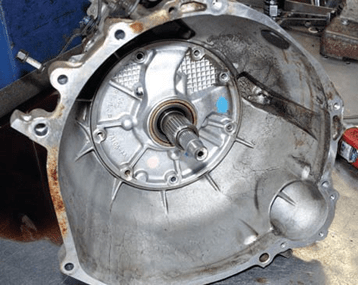Ford Coyote 5.0L Gen 1, Gen 2, Gen 3 Engine Differences
The Ford Coyote is a 5.0 L V8 engine powered the 2011-2020 Ford Mustang GT and also Ford F-150 pickup trucks.
Considering that the Coyote engine’s beginning, Ford has actually made quite a few upgrades to the platform. One of the most substantial changes took place with the Gen 3 variation in 2018, with the introduction of a new double fuel system comprised of direct-port and port fuel shot.
Ford Coyote 5.0 L engines are broken down into three generations. In each generation, there is a Ford Mustang variation as well as a Ford F-150 variation of the engine, with only fundamental distinctions in between them.
The Ford Coyote vehicle engine is maximized for torque while the Ford Coyote Mustang engine makes more horsepower generally.
- Gen 1 Coyote 5.0L engine – 2011-14 Mustang; 2011-14 F-150
- Gen 2 Coyote 5.0L engine – 2015-17 Mustang; 2015-17 F-150
- Gen 3 Coyote 5.0L engine – 2018-20 Mustang; 2018-20 F-150
Each new Coyote generation brought improvements in horsepower, torque, and even rpm capability.
Gen 1 Coyote 5.0L Mustang
- 2011-12 GT – 412 hp @ 6,500 rpm – 390 ft.-lbs. torque @ 4,250
- 2013-14 GT – 420 hp @ 6,500 rpm – 390 ft.-lbs. torque @ 4,250
- 2012-13 Boss – 444 hp @ 7,400 rpm – 380 ft.-lbs. torque @ 4,500
Gen 2 Coyote 5.0L Mustang
- 2015-17 GT – 435 hp @ 6,500 rpm – 400 ft.-lbs. torque @ 4,250
Gen 3 Coyote 5.0L Mustang
- 2018-20 GT – 460 hp @ 7,000 rpm – 420 ft.-lbs. torque @ 4,600
- 2019-20 Bullitt – 480 hp @ 7,000 rpm – 420 ft.-lbs. torque @ 4,600
Gen 1 Coyote 5.0L F-150
- 2011-14 – 360 hp @ 5500 rpm – 380 ft.-lbs. torque @ 4250 rpm
Gen 2 Coyote 5.0L F-150
- 2015-17 – 360 hp @ 5500 rpm – 380 ft.-lbs. torque @ 4250 rpm
Gen 3 Coyote 5.0L F-150
- 2018-20 – 395 hp @ 5750 rpm – 400 ft.-lbs. torque @ 4500 rpm
—–
For fanatics searching social media marketplaces and advertisement websites understanding the differences as well as requirements for these engines in advance can stop you from buying the wrong parts or being disappointed since you ended up with a truck engine when you believed you were obtaining the Mustang version.
—–
The Mustang Coyote engines were outfitted with stainless-steel Tri-Y exhaust manifolds; strong based camshafts, greater compression proportion (11:1), as well as broader oil pump gears.
The catalytic converter on the 2015-20 Mustang 5.0 L is part of the Left side exhaust manifolds, and on the Passenger side, the converter bolts to the manifold with a two-bolt flange.
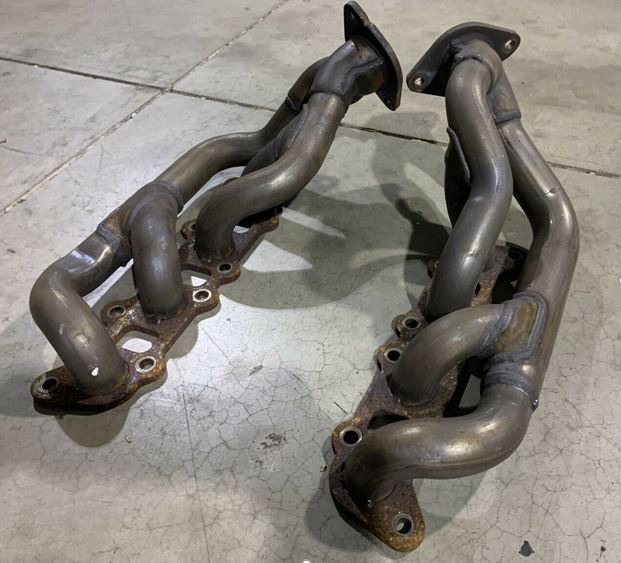
—–
The F-150 Coyote engines came outfitted with cast iron exhaust manifolds, broad-torque range camshafts for towing power, and also 10.5:1 compression.
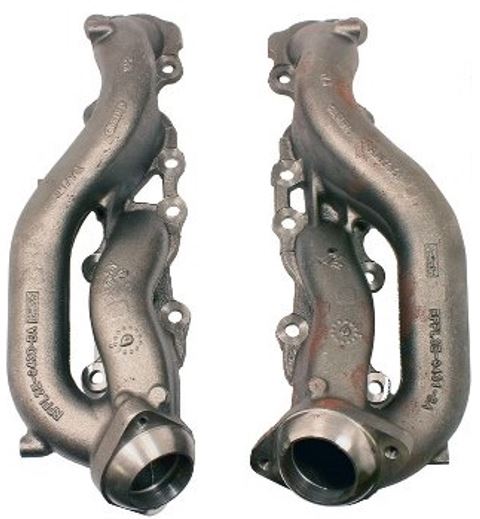
—–
The Differences Between Gen 1, 2 & 3 Coyote 5.0 L Engines
Below are some particular exterior recognizing features and also components that might aid you confirm an engine at a salvage yard or from a market ad.
Gen 1 Coyote engine do not have fee activity control shutoffs (CMCV) like the Gen 2 and Gen 3 engines.
CMCV are flat plates are placed on a solitary shaft (per side). Each shaft is regulated by a vacuum cleaner canister. These shutoffs limit airflow velocity leading to enhanced still high quality as well as boosted low-end torque on the Gen 2 and also 3 engines. Under heavy throttle, the valves open up to let the engine breathe easily.
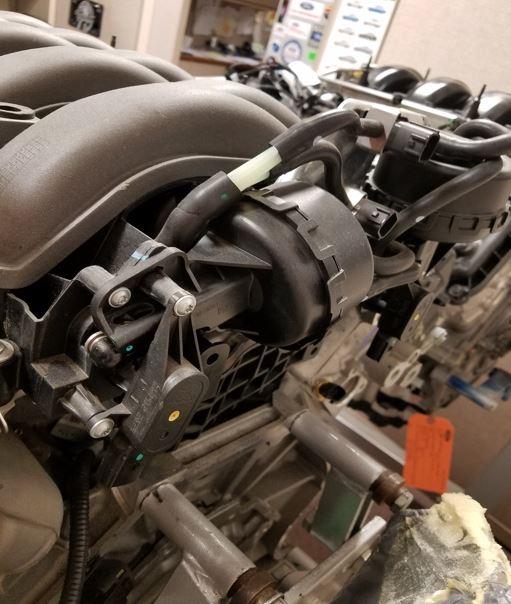
All Gen 3 engines have a direct-injection pump mounted on the Pass side of the cylinder head, which is quickly recognized since the # 3 ignition coil is countered to clear the shot pump as well as uses a short ignition cord.
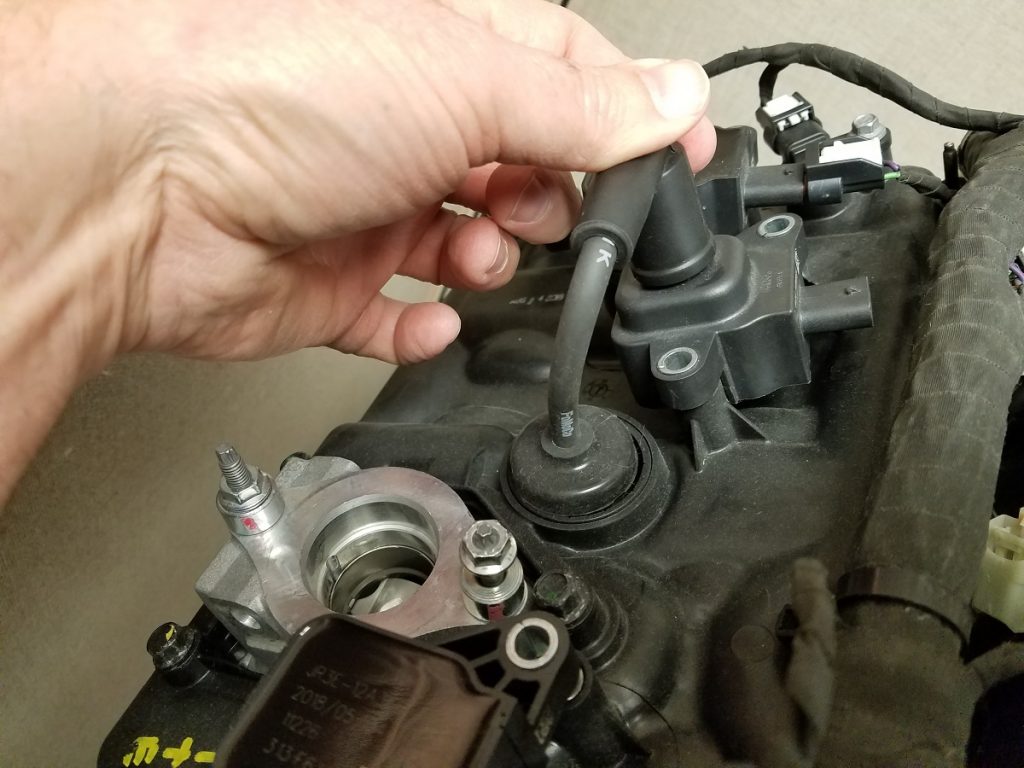
—–
All Gen 1 and also 2 Coyote engines have a 7-quart steel oil pan.
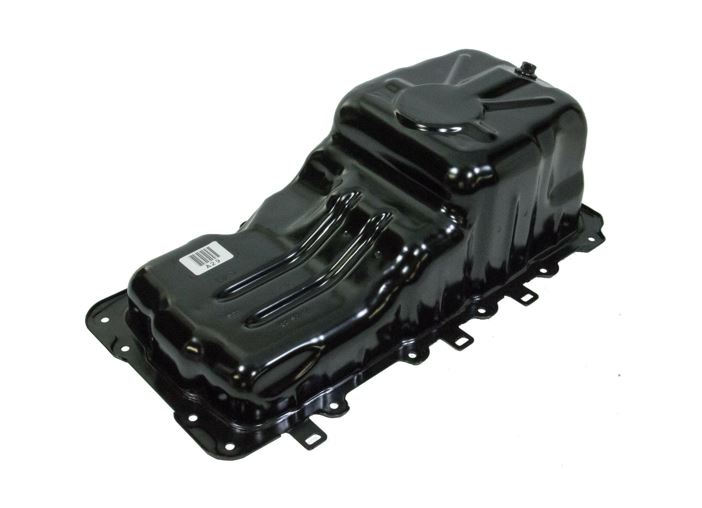
The Gen 3 engines use a larger 10-qt. composite pan. This pan can pose a challenge to fit in some vehicle engine compartments.
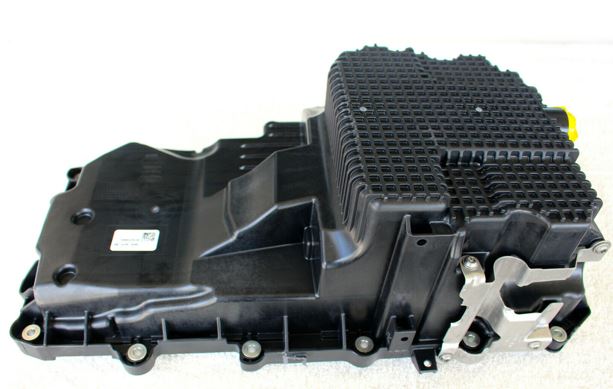
—–
All three truck-engine generations had a front-mounted oil cooler/filter place that used a 90-degree adapter to make the filter extra easily accessible.
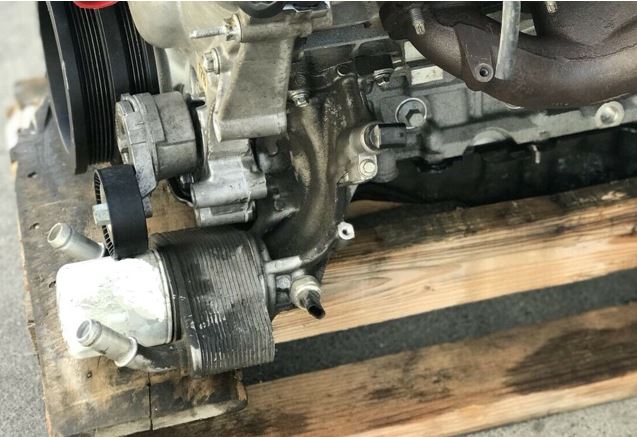
Gen 1 Mustang engines didn’t have an oil colder, except for in charge 302 and the Track Pack-optioned Mustangs.
Gen 2 and also 3 Mustang engines were geared up with oil coolers installed directly to the engine block, and also didn’t utilize an adapter.
—–
The truck and also Mustang Coyote engines each used different timing covers.
The Mustang engine’s timing cover has an idler manager on the vehicle driver’s side.
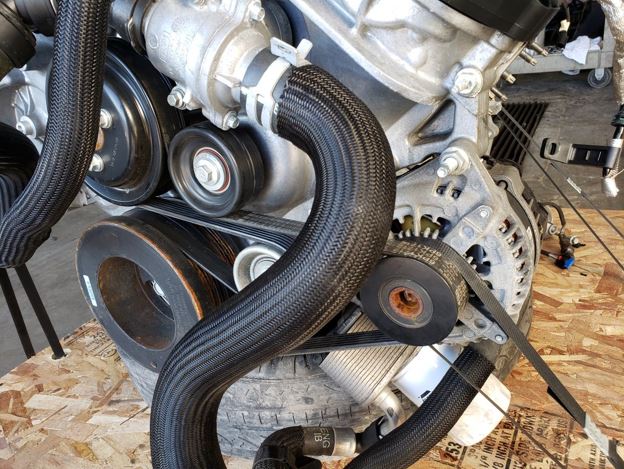
The F-150 engine’s timing cover relocated the generator better out to the side, as well as doesn’t have the idler employer.
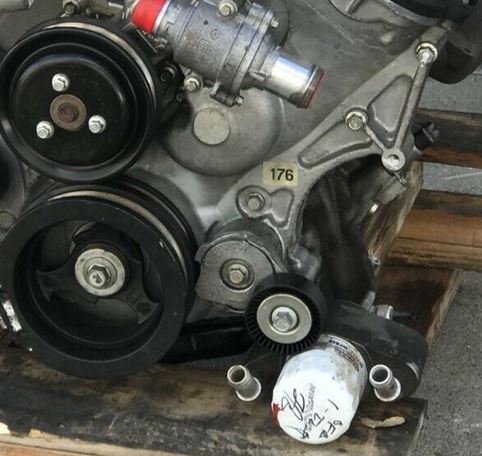
The intake manifolds on the Mustang Coyote engines are gray in shade. The F-150 Coyote intake manifolds are black. Note: The GT350 Mustang intake manifold is likewise black, however the GT350 engine is a 5.2 L and also this short article is concentrated specifically on recognizing 5.0 L Coyote engines.
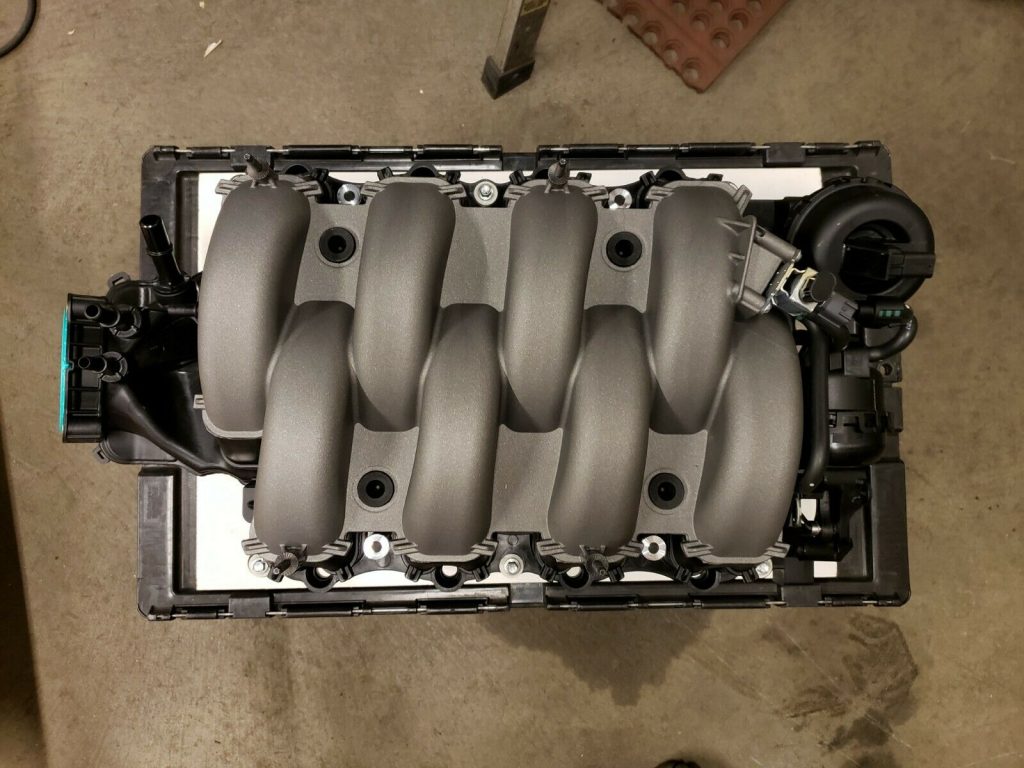
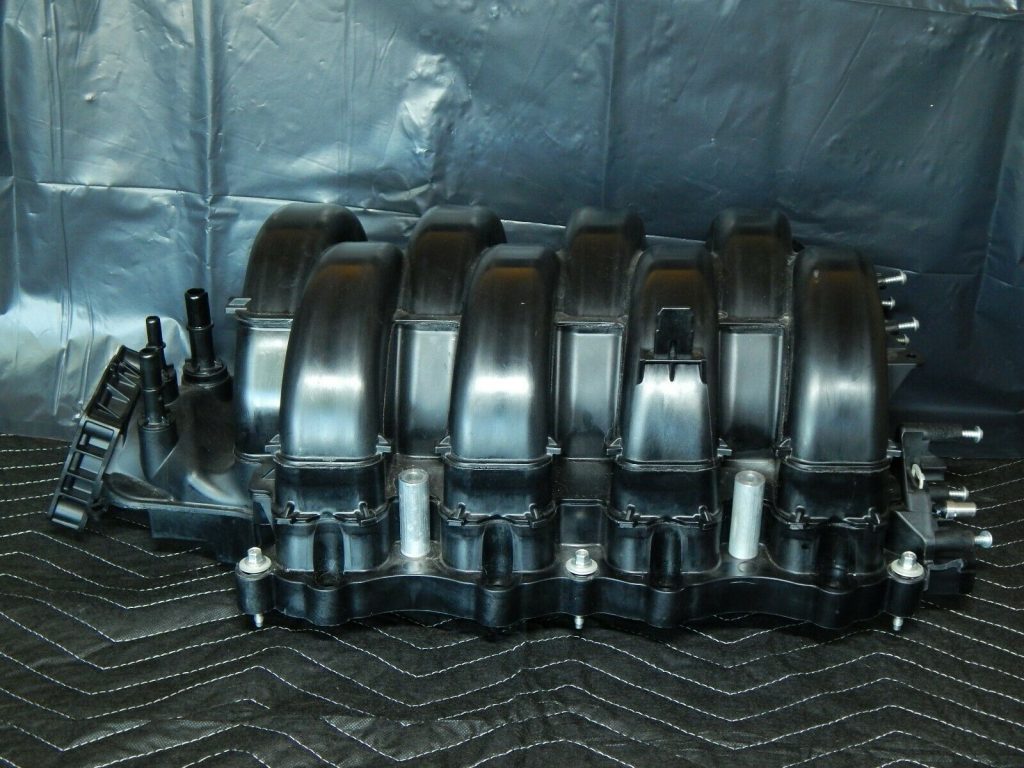
Additionally, on the F-150 engines, the Gen 3 intake is taller than the Gen 2 intake.
—–
We hope this info aids take several of the bite out of your hunt for the best Coyote and engine parts for your project.


